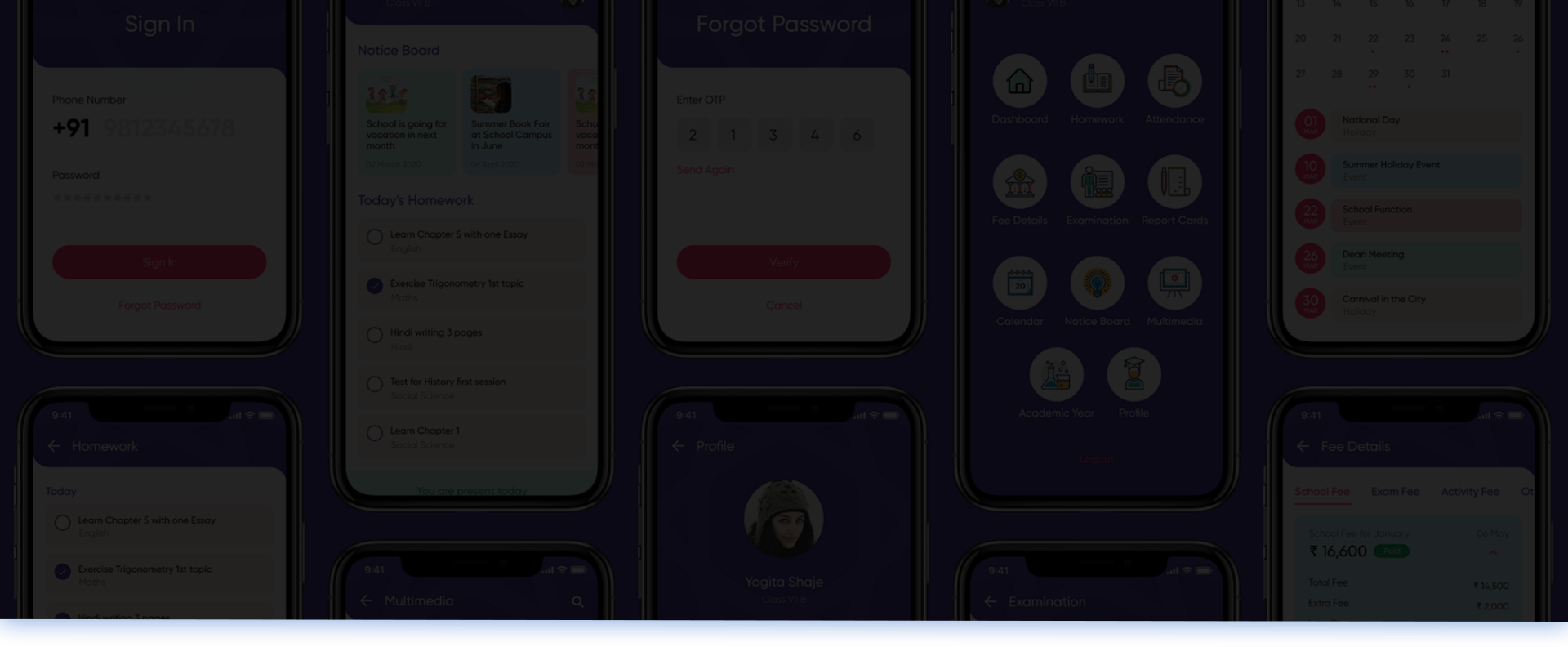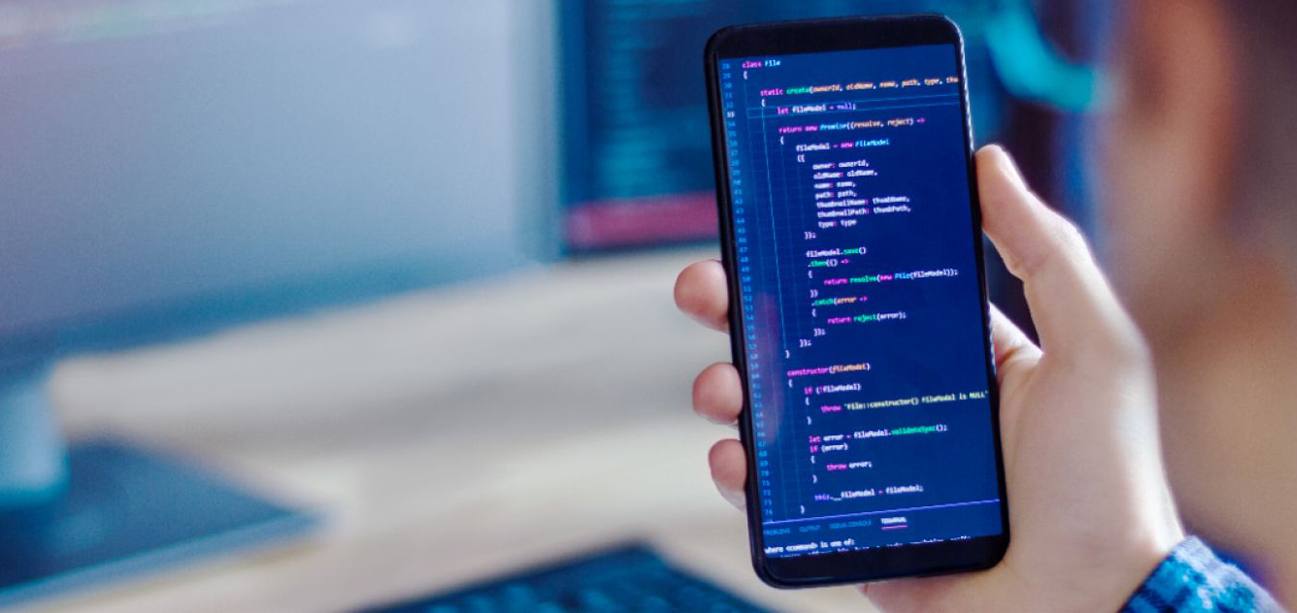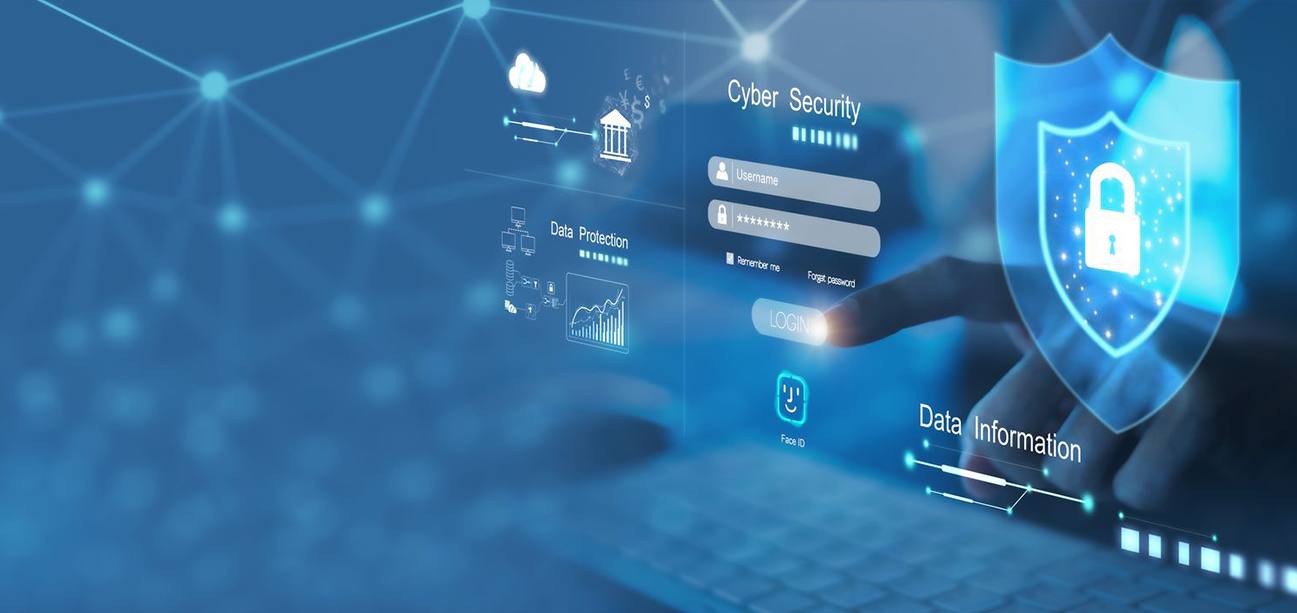
Fictive Studios knows the value of education and training. In the US, there has to be complete job training before the individual can actually step on the floor. Whether it be the real estate profession, where a specific license has to be obtained to work as a property dealer, or the food and beverages industry which requires extreme care.
Since the pandemic Covid 19, more and more people have resorted to online education and e-learning, and the results are in Infront of us. From saving transportation costs to little energy bills, e-learning has revolutionized the world of education and training.
We at Fictive Studios have over a decade of experience developing education-related apps. And with so much technological advancement, education has decided to knock on your door and come inside to enlighten you. This is possible through educational apps. Fictive Studios does not charge extraordinary costs but minimizes the charges so that you have that ultimate app-engaging time.
Fictive Studios tops the list with employees having solid values and extraordinary skills. That is why we welcome you to our world of developing apps where you will earn a profit at your comfort. In short, the hard work will be done by us. All you have to do is devise a strategy to attract customers to the app we will build for you.
Educational mobile app development was never so easy and cheap before. This means that people in the remotest areas can avail the facility of some education. Children need to get educated so that they can be an asset to the country. And that is why Fictive Studios offers design and elearning mobile app development. So don’t waste a second. Get your app from our elearning app development company now.
Slides
Every e-learning app will have slides. Sometimes, there can be videos, short enough just to read the content on the page.
Voiceover
All e-learning websites offer audio too. Now this can be in the voice of a computer, such as the service known as Amazon Polly or natural human voice recorded. The first option is better because it helps to lower the costs.
Test
After each lesson, there is a test yourself portion, which can be in the form of MCQs or scenario-based questions.
Match the Statement/Fill in the Blank Activity
There are also fun activities that let you have fun while your work. These are drag and drop, matching, and fill-in-the-blank exercises.
Images
On every slide of the e-learning course, you may find an image relevant to the content mentioned on that particular slide.
You must be wondering if this is so basic, but if you start developing an e-learning app, you’ll discover that it is definitely not a piece of cake. That is why we recommend you and every other person who wants an educational app developed to contact Fictive Studios by pressing the button below:
Talk to Us
Mind you, there doesn't have to be just slides and the other things mentioned above. It can be a one-on-one tutoring session between a teacher and their student. Or a total classroom studying on Zoom. Whatever the case, using audio and video is a must because communication is one of the best things ever to happen.
Elearning vs. Going to School
- Elearning saves you from being late
- Elearning helps you reduce costs
- Elearning is flexible.
- You can learn according to your schedule.
- Elearning is cheaper
- It lets you replay a slide multiple times.
- Elearning saves you from injuries.
- Elearning can be done while driving.
- Elearning is for everyone.
The purpose of telling you all this is to make you realize that yesterday has left us. We are living in the future now. And if someone does not seize this moment, the opportunity will drown, leaving them behind.
Prerequisites of Having an e-learning session
There are some prerequisites you'll need to have before you can start your very own elearning sessions. These things are:
- A phone or PC
- Subscription of an Elearning company
- Internet Connection
- Time
A phone or PC will be the device on which you'll view the course. But you'll have to pay a fee to access lectures from sites like Udemy and Coursera. Internet Connection is a must, and the most significant thing, time! Without dedication, no one can succeed.
Not Just Students
You must have noticed that we did not use the word student anywhere on this page. That’s because even companies provide elearning opportunities to their employees. According to one report, 9 out of 10 companies in the US offer e-learning facilities to their employees.
The truth is most educational app development companies like Fictive Studios want something nice to happen to you and achieve your goals. We work on minimum profits and always prioritize giving back to the community.
History of eLearning
The internet has made so many things possible. It's like it has built bridges worldwide that are too fast and too furious. The history of e-learning also started with the invention of the Internet. As fast internet made its journey in the room, everything started getting digital. And now, after Covid 19, a rapid increase in e-learning companies has occurred. But creating the perfect e-learning website or app is not everyone’s cup of tea. It requires blood, sweat, and, most importantly, skill. We guarantee you that this skill is unmatchable. Our competitors are far behind us when it comes to quality.The internet has made so many things possible. It's like it has built bridges worldwide that are too fast and too furious. The history of e-learning also started with the invention of the Internet. As fast internet made its journey in the room, everything started getting digital. And now, after Covid 19, a rapid increase in e-learning companies has occurred. But creating the perfect e-learning website or app is not everyone’s cup of tea. It requires blood, sweat, and, most importantly, skill. We guarantee you that this skill is unmatchable. Our competitors are far behind us when it comes to quality.
In a Nutshell
Fictive Studios is one of the best app development companies in the world. And we have proof of that. Our long list of satisfied customers is a solid reason to believe we are the best. eLearning apps are not just ordinary apps. They are for the provision of wisdom or to teach an employee how to do their job correctly. That is why we give extra focus on the quality of the elearning app and ensure that they are dealt with by the masters of our company, the brains behind the walls, the skillful, the dedicated, the hardworking developers of Fictive Studios.
Why is Fictive Studios different from others?
How much does Fictive Studios charge?
Will e-learning work globally?
Can attending a university lecture be less effective than an online education session?
Will I have to give a yearly fee to some authority for my app to work?
Is elearning enjoyable?

Building The Future One Line Of Code At A Time

Mobile App Solutions For Everyone, Everywhere
We pride ourselves on our ability to bring your unique vision to life through our cutting-edge technology and innovative solutions.
Retail, Ecommerce
Education & e-learning
Healthcare & Fitness
Logistics & Distribution
Social Networking
Real Estate
Travel & Hospitality
Food & Restaurant
On-Demand Solutions
Gaming
Partnerships We Have Built Through Our Digital Solutions
At Fictive Studios, we are proud to have partnered with over 2000 businesses, ranging from startups to enterprises, to provide industry-leading mobile app development solutions tailored to their unique business needs. Every business is different, and we are passionate about helping our clients achieve their goals through our extensive range of app development services.
Start Up Business

Small & Med Business

Enterprise

Agencies

What Our Clients Say
We possess the capability to create applications across a diverse range of genres - simply specify your requirements and we'll bring your vision to life.

Let's Build Something App-tacular Together
Join forces with Fictive Studios, the premier Mobile App Development Company in the US. With our bespoke app development solutions, watch your business soar to new heights.
GET A QUOTE






















